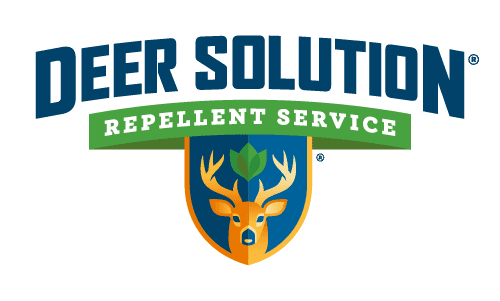In the verdant expanses of Prince George’s County, Maryland, an escalating environmental issue is unfolding: the overpopulation of white-tailed deer.
This phenomenon, reflective of a broader state-wide concern, is causing significant ecological and societal disruptions, challenging the equilibrium of local ecosystems and posing risks to community well-being.
Understanding the Deer Overpopulation
The rise in the deer population in Prince George’s County is attributed to a blend of factors. Abundant food sources from agricultural and residential landscaping, coupled with ideal suburban habitats, have led to this surge.
Additionally, the decrease in natural predators and changes in hunting regulations have played a role in this ecological imbalance.
Ecological Impact
The growing deer population is inflicting substantial ecological damage, notably on young trees and plants. Excessive grazing by deer has led to forest degradation, reduced biodiversity, and an increased presence of invasive species.
This is not only a rural concern but is also prevalent in suburban landscapes, where it threatens the aesthetic and ecological integrity of these areas.
Human Impact
Beyond ecological ramifications, the overpopulation of deer significantly impacts human communities in Prince George’s County. The escalation in deer-vehicle collisions poses serious safety hazards, putting both drivers and wildlife at risk.
Moreover, the potential increase in diseases such as Lyme Disease, linked to larger deer populations, presents an added health concern.
Management Efforts
In response, Prince George’s County has embarked on comprehensive deer management programs. These include conducting regular population surveys and engaging the public to integrate community feedback into management strategies.
These measures are crucial for assessing the need for deer management across various parks and residential areas.
Community Role
The county is encouraging property owners to adopt deer-resistant landscaping and use deterrents to lessen deer-related conflicts. This collaborative approach is key in mitigating the negative effects of deer overpopulation and promoting coexistence with local wildlife.
The Path Forward
The county’s approach highlights the necessity of sustainable wildlife management and the importance of community involvement.
Moving forward, innovative and adaptive strategies, continuous policy development, and enhanced community participation will be integral in balancing ecological needs with human safety and preferences.
The situation in Prince George’s County exemplifies the complex challenges of modern wildlife management. It underscores the intricate relationship between ecological preservation and community well-being.
The strategies and lessons learned in Prince George’s County could provide valuable insights for managing similar wildlife challenges elsewhere.










